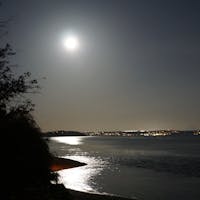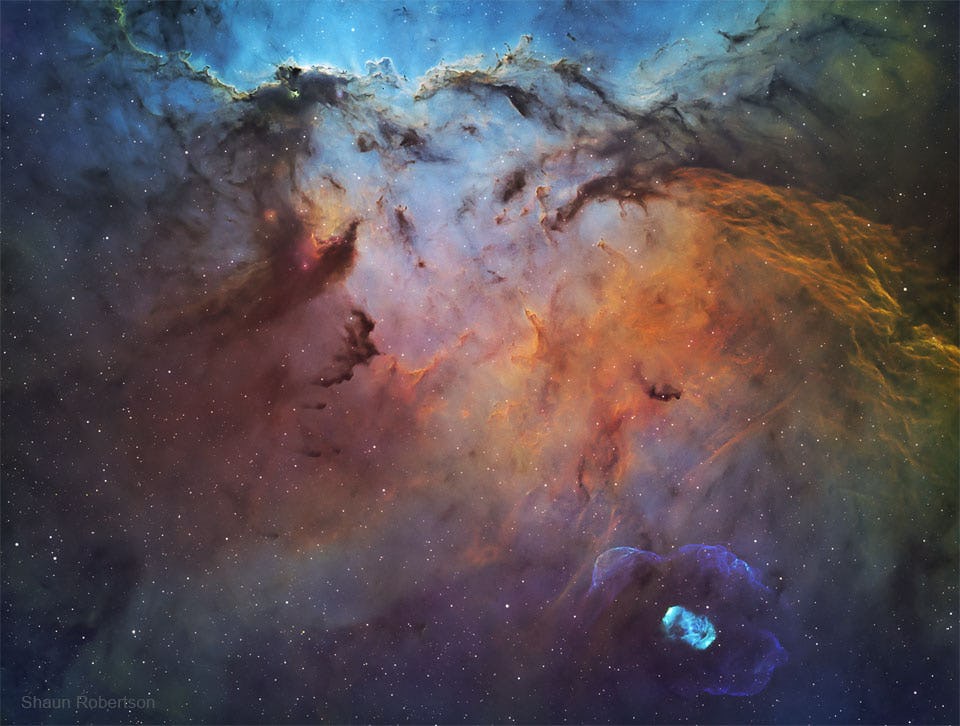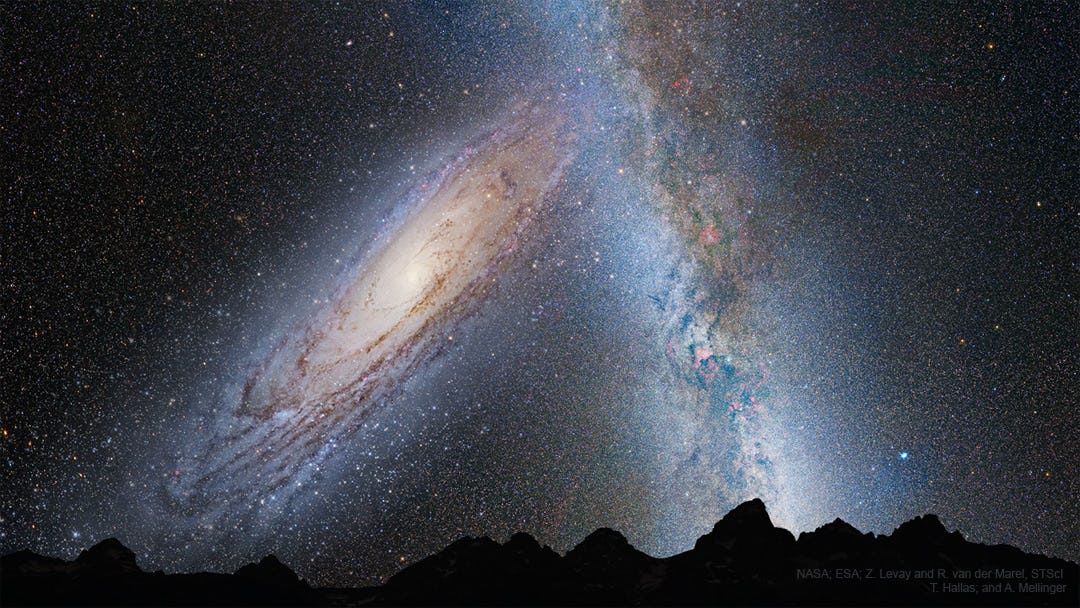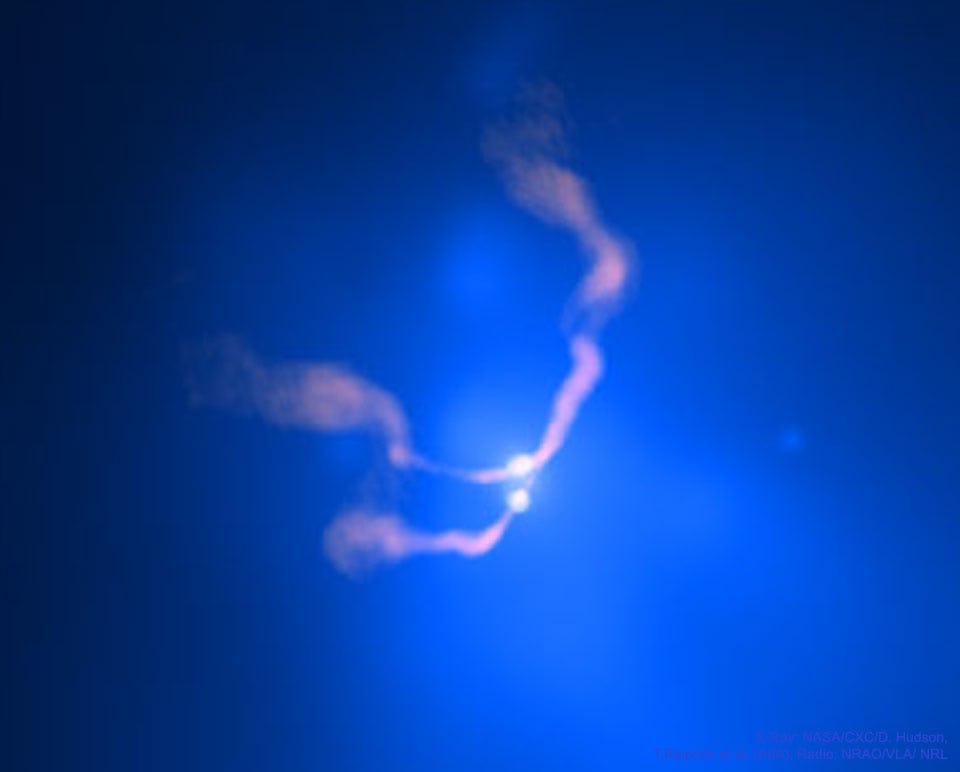"In ways big and small — in schools, in homes, in every facet of life — the United States fails to protect and support its children". Read more
Public Posts Bellevue, WA Bellevue, WA (zoom)
Sometimes, it is good to revisit the past postings.
Born thee tomorrow,
born thee today.
Pull back the someone
and go far away.
I miss all the laughter,
all the hugs and the sighs.
I don't like it when
memories seep from her eyes.
Where are all the tomorrows?
What happened to the yesterdays?
How hard is it to keep living,
when the love has gone away?
A Comment by Loy

❤️❤️❤️
Burn the air brightly,
Let the bells ring,
for no one knows,
what tomorrow will bring.
Look for the music,
which will make
the World sing.
NASA Astronomy Picture of the Day:
Do dragons fight on the altar of the sky? Although it might appear that way, these dragons are illusions made of thin gas and dust. The emission nebula NGC 6188, home to the glowing clouds, is found about 4,000 light years away near the edge of a large molecular cloud unseen at visible wavelengths, in the southern constellation Ara (the Altar). Massive, young stars of the embedded Ara OB1 association were formed in that region only a few million years ago, sculpting the dark shapes and powering the nebular glow with stellar winds and intense ultraviolet radiation. The recent star formation itself was likely triggered by winds and supernova explosions, from previous generations of massive stars, that swept up and compressed the molecular gas. Joining NGC 6188 on this cosmic canvas, visible toward the lower right, is rare emission nebula NGC 6164, also created by one of the region's massive O-type stars. Similar in appearance to many planetary nebulae, NGC 6164's striking, symmetric gaseous shroud and faint halo surround its bright central star near the bottom edge. This impressively wide field of view spans over 2 degrees (four full Moons), corresponding to over 150 light years at the estimated distance of NGC 6188.
Photo by Shaun Robertson
NASA Astronomy Picture of the Day:
Will our Milky Way Galaxy collide one day with its larger neighbor, the Andromeda Galaxy? Most likely, yes. Careful plotting of slight displacements of M31's stars relative to background galaxies on recent Hubble Space Telescope images indicate that the center of M31 could be on a direct collision course with the center of our home galaxy. Still, the errors in sideways velocity appear sufficiently large to admit a good chance that the central parts of the two galaxies will miss, slightly, but will become close enough for their outer halos to become gravitationally entangled. Once that happens, the two galaxies will become bound, dance around, and eventually merge to become one large elliptical galaxy -- over the next few billion years. Pictured here is a combination of images depicting the sky of a world (Earth?) in the distant future when the outer parts of each galaxy begin to collide. The exact future of our Milky Way and the entire surrounding Local Group of Galaxies is likely to remain an active topic of research for years to come.
A calmness covered the dining room,
while off in the distance came a shrill
cry, as if it came from an injured Loon.
It wasn't the noise of a bird we heard
but the cry of a resident, unable to speak.
What problems prevail on this dreary day, creating memory loss in those who're weak?
"Genetic paparazzi are right around the corner, and courts aren’t ready to confront the legal quagmire of DNA theft. DNA is a trove of personal information that can be hard to keep track of and protect" Read more
Thomas Woodrow Wilson (1856 – 1924) The 28th president of the United States from 1913 to 1921. A member of the Democratic Party, Wilson served as the president of Princeton University and as the governor of New Jersey before winning the 1912 presidential election. As President, Wilson changed the nation's economic policies and led the United States into World War I in 1917. He was the leading architect of the League of Nations, and his progressive stance on foreign policy came to be known as Wilsonianism. Read more
NASA Astronomy Picture of the Day:
What's happening at the center of active galaxy 3C 75? The two bright sources at the center of this composite x-ray (blue)/ radio (pink) image are co-orbiting supermassive black holes powering the giant radio source 3C 75. Surrounded by multimillion degree x-ray emitting gas, and blasting out jets of relativistic particles the supermassive black holes are separated by 25,000 light-years. At the cores of two merging galaxies in the Abell 400 galaxy cluster they are some 300 million light-years away. Astronomers conclude that these two supermassive black holes are bound together by gravity in a binary system in part because the jets' consistent swept back appearance is most likely due to their common motion as they speed through the hot cluster gas at about 1200 kilometers per second. Such spectacular cosmic mergers are thought to be common in crowded galaxy cluster environments in the distant universe. In their final stages, the mergers are expected to be intense sources of gravitational waves.








.jpg?fit=crop&w=280&h=280&q=93)




.jpg?fit=crop&w=200&h=200&crop=faces)









%20R.jpg?fit=max&w=1200&h=1200&q=48)


 - Copy.jpg?fit=crop&w=280&h=280&q=93)














